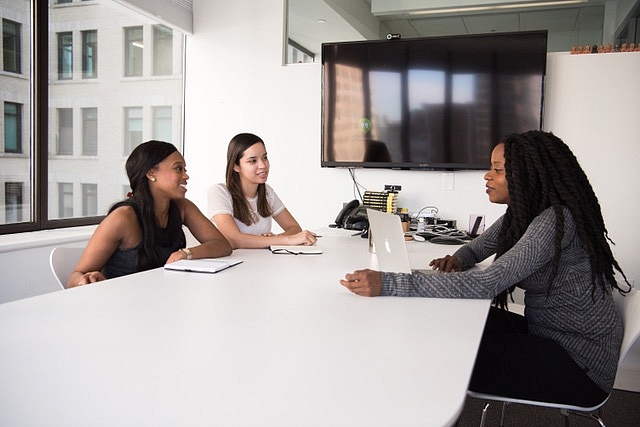
When corporations prepare for new ways of doing business and establishing their post-COVID-19 goals, objectives, and intentions, it becomes clear that the aspirations of the post-pandemic workplace are dramatically different from those that business leaders had in the previous years. Though our world continues to change every day, we summarized some of the most recent and common adjustments that the working environment has faced during the global epidemic.
The Dual Model of Work
Although the term "hybrid" is useful in identifying the future of work, it encompasses a broad range of systems. Hybrid usually means an employee may have greater freedom in terms of when and where they work in a dual model work environment. Rather than building their day around office hours, the hybrid model allows people to use flexibility to fit in tasks at any time, choosing between working from home or coming to the office. Some companies may choose to continue to operate, having their current office space or buildings. On the other hand, other organizations will not be willing to keep paying for the same amount of office space, but rather will reduce the amount of physical working areas, opting instead to allow employees to work from home and only come to the office as needed or requested.
For instance, Kissflow, a remote software provider with offices in the United States and India, has announced REMOTE+, a hybrid working model. This model incorporates three weeks of working at home with one week inside the office environment. The employer covers the travel and rooming cost for workers' during the required time of in-office shifts and allows employees to return home for work for the remainder of the time.
It is important to remember, with each company, in each case, their need is very unique. You should establish a working environment that will suit your company and your employees. Even though computers have become an integral part of our daily life, not everyone can afford a dedicated computer to work from home. Additional issues possibly need to be addressed, like internet connection issues or even the lack of comfort or adequate workspace, allowing work to be completed at home. Giving workers the ability to choose their best working model can be beneficial to both employees and employers.
New Understanding of Employee Welfare
Unfortunately, hybrid work models aren't for everyone. There can be a major divide between those who can work from home and those who cannot. In a dual model, the main office still possesses overwhelming power, and those employees at the office will still have a benefit over work-at-home staff. If poorly structured, this model for remote workers would lack the intimacy that face-to-face workers have, as well as lessen the opportunities that all employees strive for. Communication difficulties are also normal in these dual model teams. While mental health and psychological feelings are notably higher when working face-to-face, primarily digital communication increases the risk of tension. Additionally, the dual model often brings a loss of a shared social identity, which is common with divided teams, and it can drown the team’s effectiveness and success by diminishing cooperation and community spirit. While it may be difficult for physically remote environments, it’s important to try getting all employees present at the same time on the same days in the office. Leaders should be on the same page as their colleagues, striving to give equal face-time to both types of employees.
Transparent interaction is also important. Partially remote organizations should attempt to conduct community meetings entirely online, with everyone using their computer. This may contribute to the creation of more inspired workers. It can also be helpful to work at breaking tasks into assignments. Allowing autonomy in tasks and assignments that staff can complete individually and make fast decisions on without needing coworkers to constantly be online at the same time, is important and leads to success for the business in general.
As we can see, modern businesses are actively managing in many different types and models these days. Staff members have been provided with permission to operate remotely but still, some organizations call employees into work on specific occasions and/or in scheduled team meetings. Many companies even choose to leave it completely up to the employees to determine where and how they prefer to operate in their day-to-day tasks and responsibilities. Again, each business is unique and will need to establish a working environment that will suit the company and its employees best.